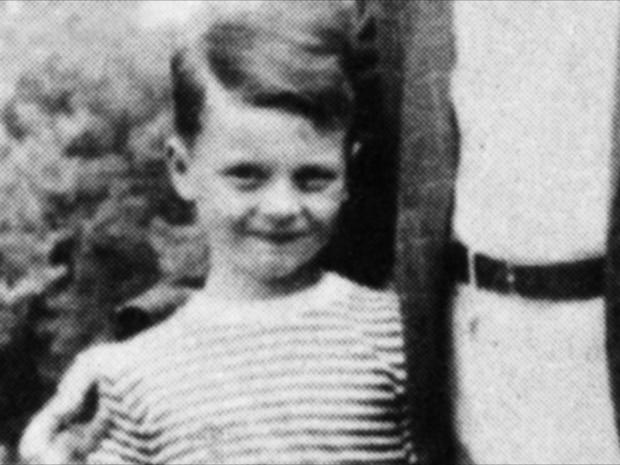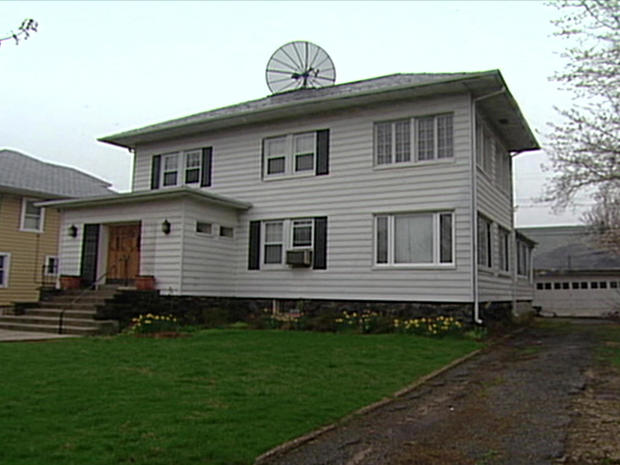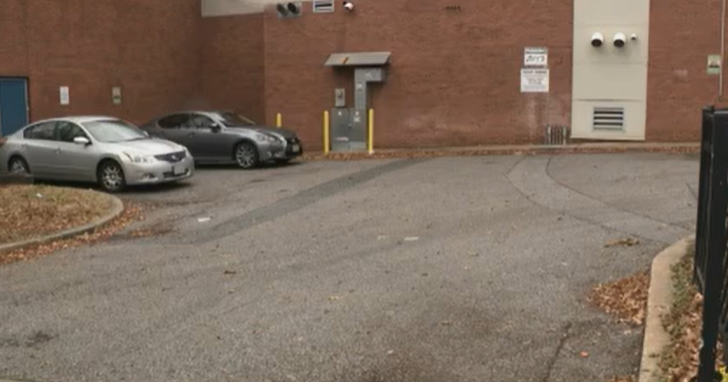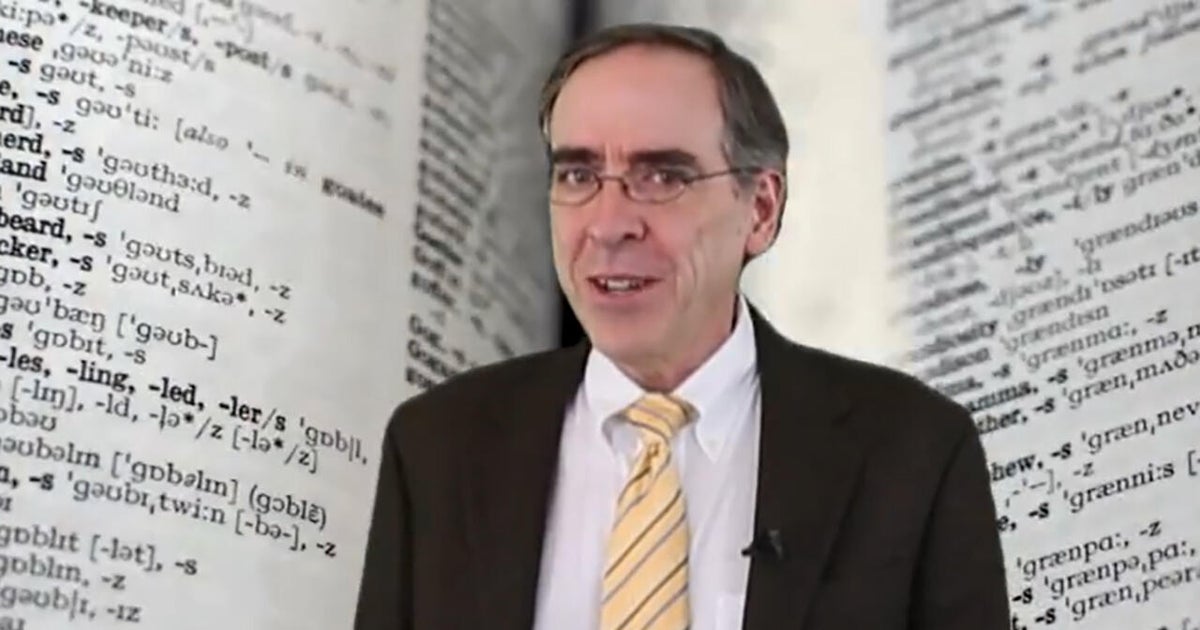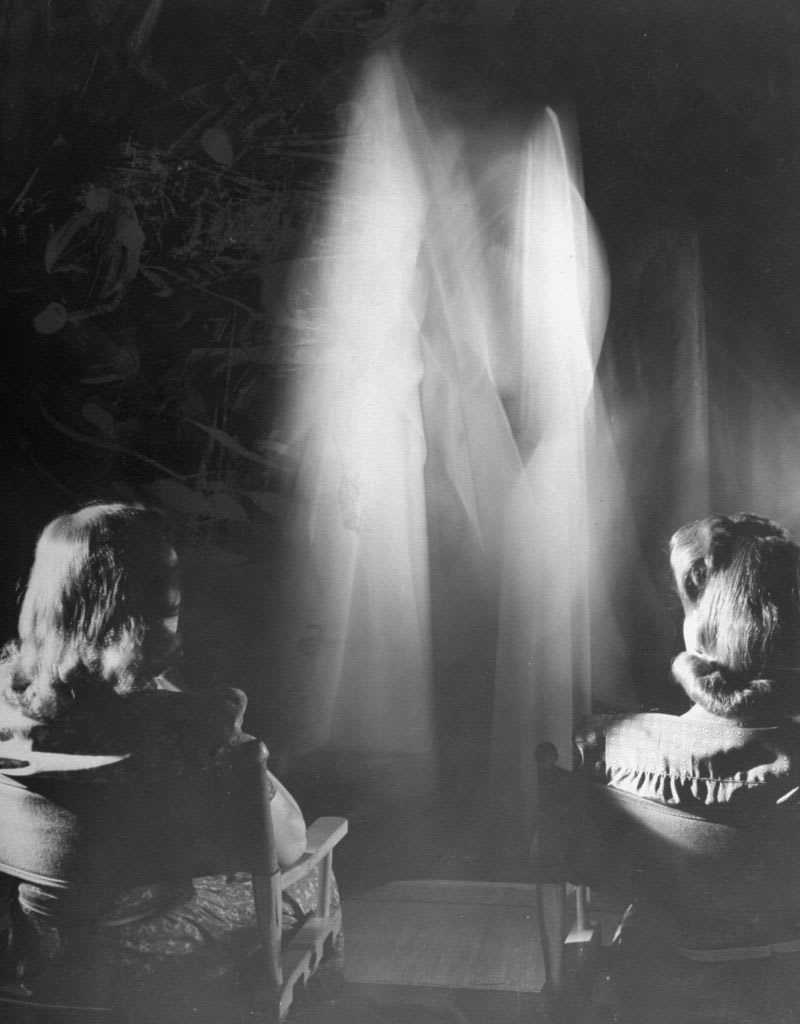Charles Osgood: Baltimore boy
Veteran broadcaster Charles Osgood, who died January 23, 2024 at age 91, was a storyteller of the highest caliber. In this remembrance originally broadcast May 23, 2004, the former "Sunday Morning" host recalled his youth in Baltimore, and how the war years, and the wonder of radio, shaped his world.
Baltimore, Maryland, birthplace of the great Babe Ruth and of "The Star-Spangled Banner." Edgar Allen Poe lived here, and so did I: Charles Osgood Wood.
The year was 1942, I was nine years old. Like many nine-year-old boys, I was in love with baseball, and radio, and the world around me. And what a world it was back then – a world at war, a world of rationing and air raid drills and victory gardens, all of which seemed wonderfully romantic to a nine-year-old boy, dreaming of the universe beyond Baltimore.
I can still see that boy in my mind's eye, blissfully happy in that terrible time as only a nine-year-old can be, a boy and a place and a moment in time.
On January 2, a few days before I turned nine, the Japanese took Manila, and sadly, I had to pin a tiny Japanese flag to the big map I had tacked to my bedroom wall. It would be June 4, the date of America's great victory in the Battle of Midway, before I could happily pin up an American flag.
Did I mention that I love baseball? The Orioles then were not the Orioles of today. In those days, they were a struggling AAA team that often played AA ball. I loved them anyway, especially when my father would take me out to the ballpark to see the games.
In Baltimore in 1942, there were white wooden houses with big front porches and grand white stoops, many of them still standing, along with the Bromo Seltzer Tower. It looked Italian, with a distinctly American twist. In those days, there was a 40-foot-tall Bromo Seltzer bottle on top of the tower. In Manhattan, a college boy would meet his date under the Biltmore Clock; in Baltimore, they'd meet under the fizz.
In 1942, milk was delivered in bottles, the mail was delivered twice a day, and that boy named Charlie Wood had a paper route. When I was delivering the Baltimore Sun, you'd have a stack of them held together by a strap. You pull one out as you approach the customer, fold it into the throwing position, and – this is where accuracy in journalism really comes in! – try not to get in in the bushes or on the roof.
My best boyhood pal was a girl, my slightly younger sister Mary Ann, who followed the Orioles and the war and loved radio just as much as I did.
On an April day as misty as my boyhood memories, Mary Ann and I visited our old house on Edgewood Road and relived some of those childhood joys.
Radio was my window on the world, a world unto itself, a world more fantastic and more real than the world I saw every day in Baltimore. "The Lone Ranger" ... Edger Bergen, the only ventriloquist ever to succeed on radio … I even knew what "The Shadow" looked like, and he was invisible!
American radio of the 1940s had a profound influence on me. It's the reason I'm doing what I do today instead of playing the organ at a skating rink. I could imagine no career more delightful, except perhaps to play shortstop for the Orioles. That dream was a little unrealistic, though. I was afraid of ground balls.
In those golden days of radio, I never minded the intrusions of sponsors. The commercials were entertaining. Mary Ann and I both loved them:
"If you want a peppy pup,
then you better hurry up;
buy Thrivo for himmmmm"
I took piano lessons at the Peabody Institute, an august institution that's still there in Baltimore, newly refurbished and busier than ever. Director Robert Sirota had a surprise for me: my report card! "It says that you took four terms of piano satisfactorily," he said.
I still remember the song I played at my recital, "The Happy Farmer," which I almost didn't get to perform when they forgot to call my name.
In the evening, our family would gather around the piano at the house on Edgewood Road to sing our favorite songs. That was what families did in 1942, with the shades drawn and the lights dimmed in the midst of a terrible war. For a few minutes, we'd let the rest of the world go by.
For more info:
- "Defending Baltimore Against Enemy Attack: A Boyhood Year During WWII" by Charles Osgood (Hachette), in Hardcover, Trade Paperback, eBook and Audio formats, available via Amazon, Barnes & Noble and Bookshop.org
Story produced by Mary Lou Teel. Editor: Ed GIvnish.
